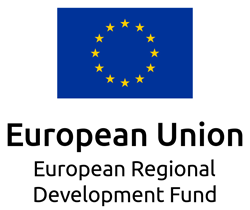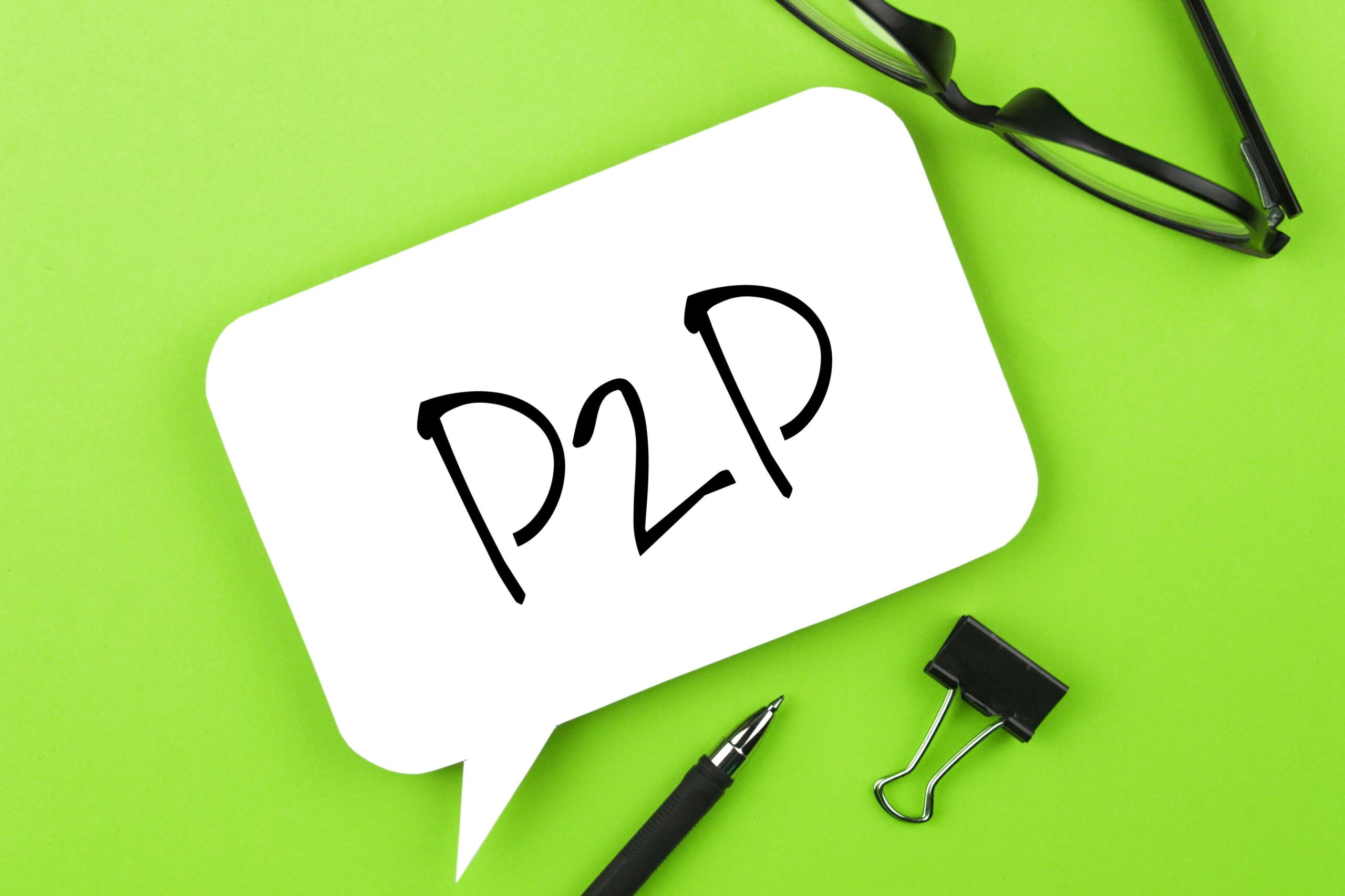Managing the procurement process in a company is a critical element that can significantly impact its efficiency and financial performance. The P2P (Procure to Pay) process encompasses all stages, from identifying a purchasing need, through order placement and receipt of goods, to the final payment. In this article, we will explore how to optimize this process to maximize its potential.
What Does Procure to Pay (P2P) Mean?
P2P, or Procure to Pay, refers to the comprehensive process of managing orders in a company, from the moment a purchasing need arises to the final payment for the ordered goods or services. This process can vary depending on the structure and size of the company.
Examples of Different Methods for Managing Orders:
- Local Supplier: You can visit a local supplier for office supplies, purchase the necessary items, and submit the invoice to the accounting department (a common practice in small businesses).
- Online Purchasing Platform: You can order computer equipment through the supplier’s online purchasing platform and electronically process the invoice after the delivery (popular in companies using basic IT systems).
- ERP System: You can implement a modern ERP system that automates the order process from the moment an employee submits a requisition, through approval, order fulfillment, and invoice reconciliation, significantly streamlining the entire procedure.
Which Order Management Method is Best?
The choice of the right order management method primarily depends on the size of your company. Small businesses often avoid automation due to the high costs of implementing electronic systems, which may outweigh potential savings. In larger companies, procurement automation yields substantial benefits. However, it’s essential to remember that every organization consists of people, tools, and processes. Providing employees with the wrong tools or impractical processes can demotivate them or lead them to find workarounds.
What are the Key Stages of the P2P Process?
The P2P process consists of four main stages: requisition, ordering, receipt of goods, and invoicing.
Stage 1: Requisition
Every order process begins with a requisition. This is when employees signal the need to purchase specific products or services. It is crucial to make this stage as simple and intuitive as possible for users.
How to Streamline Requisitions:
- Unified Communication Channels: All requisitions should be submitted through a single, consistent channel, such as a dedicated online platform. This avoids the chaos of using different methods (verbally, by email, by phone).
- Product Catalogs: Providing employees with product catalogs where they can quickly find the necessary items greatly facilitates the requisition process.
- Predefined Templates: For different types of requisitions, it’s helpful to create templates that assist employees in accurately describing their needs. Different information is required for ordering office supplies versus organizing training sessions.
Stage 2: Ordering
After a requisition is approved, the next stage is order placement. In companies with well-organized requisition processes, ordering becomes a simple formality.
How to Streamline Order Placement:
- Automation: Implementing an ERP system that automatically generates orders based on approved requisitions significantly reduces the time needed for this stage.
- Budget Control: The system should automatically verify if the order fits within the approved budget.
- Supplier Verification: Before sending the order, it’s advisable to check the supplier’s status to ensure they can fulfill the order.
Stage 3: Receipt of Goods
The receipt of goods is when the ordered products or services are delivered to the company. It is crucial to organize this process well to avoid issues with incomplete or damaged deliveries.
How to Streamline Goods Receipt:
- Accurate Record-Keeping: Each delivery should be accurately recorded, and the receiving employee should confirm the delivery’s compliance with the order.
- System Confirmation: An ERP system can automatically generate a receipt confirmation, facilitating subsequent invoice reconciliation.
Stage 4: Invoicing and Payment
The final stage of the P2P process is the invoicing and payment. This is a critical point where thorough cost verification is necessary to avoid discrepancies.
How to Streamline Invoicing and Payments:
- Three-Way Matching Algorithm: This involves comparing data from the order, receipt of goods, and invoice. Automating this process quickly identifies and resolves discrepancies.
- Automated Invoice Approval: The system should automatically approve invoices that match the orders and deliveries. In the case of discrepancies, the invoice may require additional manual verification.
- Electronic Document Workflow: Implementing an electronic document workflow speeds up the entire process and reduces the risk of errors.
Conclusion
Automating the P2P process can significantly enhance a company’s efficiency, reduce costs, and minimize the risk of errors. The key to success is to appropriately match the level of automation to the size and needs of the company. Small businesses can start with simple improvements, such as unifying requisition channels, while larger companies should consider implementing advanced ERP systems. Regardless of the scale of operations, a well-managed P2P process will bring tangible benefits to any organization.
Want to optimize your procurement processes and boost your business outcomes. Fill out our contact form now to learn more about effective procurement strategies. Let us help you make decisions that enhance efficiency and drive your business forward.










